Fast-food prices have been rising steadily over the years. Recently, however, they have appeared to rise quicker than usual, and many customers have noticed that the cost of the same item differs from state to state.
The Bureau of Labor Statistics noted that the fast-food index saw inflation rise to a whopping 4.85% in just the past year. The blame is often placed on the rising costs of business and the increasing minimum wage, but these reasons don’t tell the whole story.
Fast Food Is America’s Top Choice
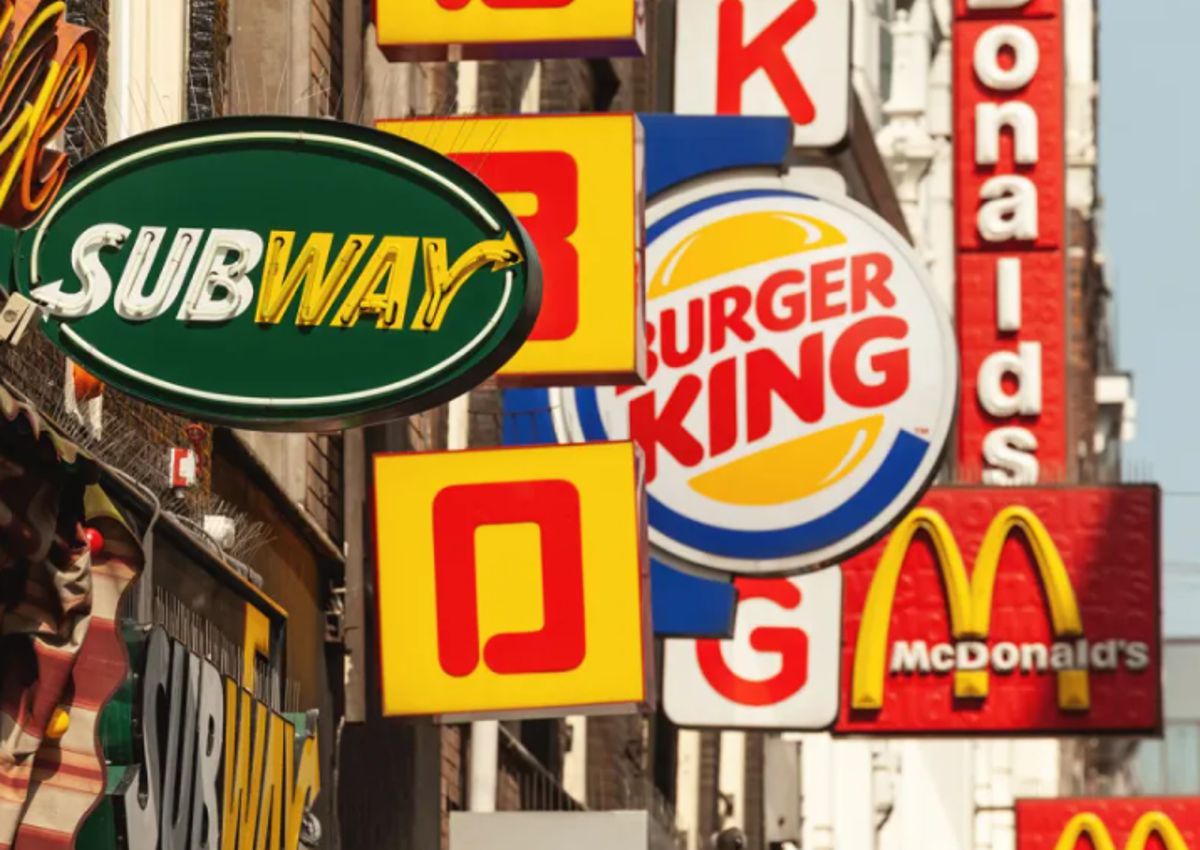
Meal deals, dollar menus, and low-priced options have often driven people to the drive-thru for a quick and cheap meal. Drive-thru restaurants and fast food were introduced in the 1920s and have been growing in popularity ever since.
According to a Drive Research study completed in 2023, more than 65% of Americans eat fast food once a week. This number has grown from 36.6% of adults in just 2013.
Prices Steadily Climbing
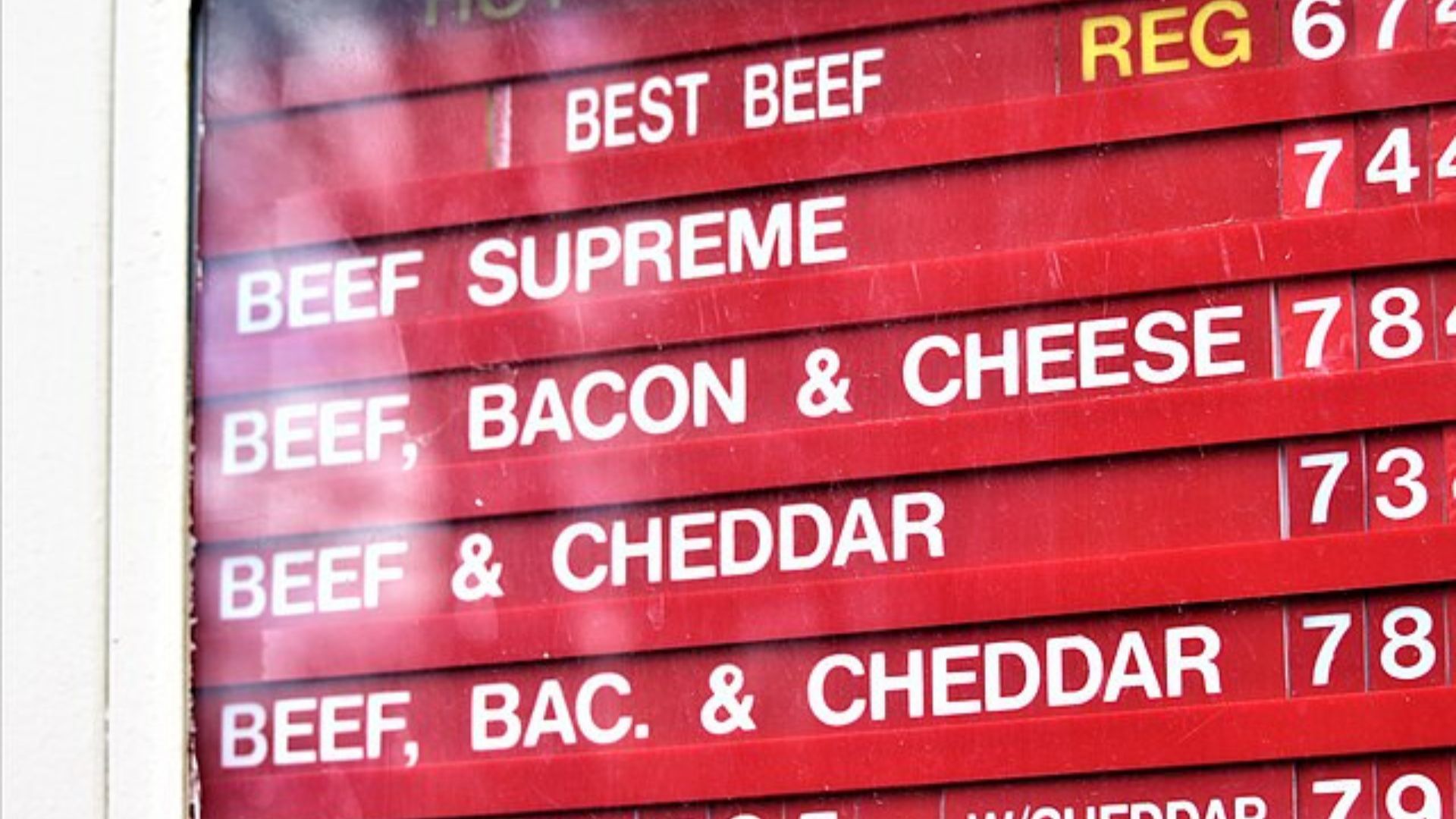
Ultra-cheap eateries like Taco Bell have raised their prices so much that they are now comparable with sit-down alternatives. Once known for their $5 meal deals and $1 menu items, the restaurant chain no longer serves the same affordable items.
A favorite menu item, the Double Stacked Taco, now costs $1.99, a 100% increase from the original $0.99 cent sticker.
Costs Blamed on Inflation
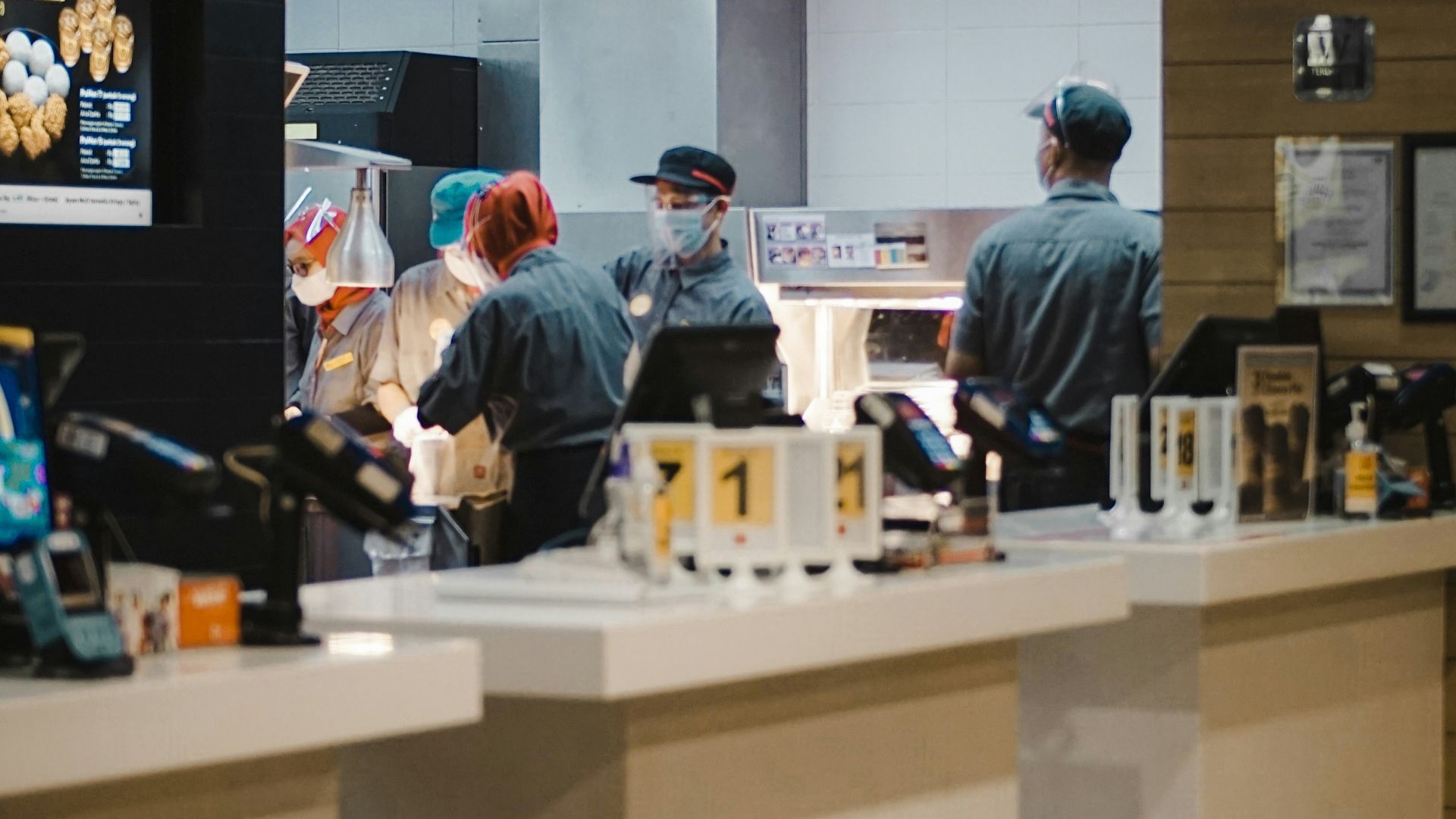
The prices reflect a larger trend of fast food costs increasing over the years, including inflation surrounding delivery, food costs, and employee wages.
However, it appears to be circular in nature. As the price of a single taco increases, customers need to make more money to afford the same value. The cost of goods in a person’s life and what they need to make are directly related.
Wendy’s Unsuccessful Attempt at Surge Pricing
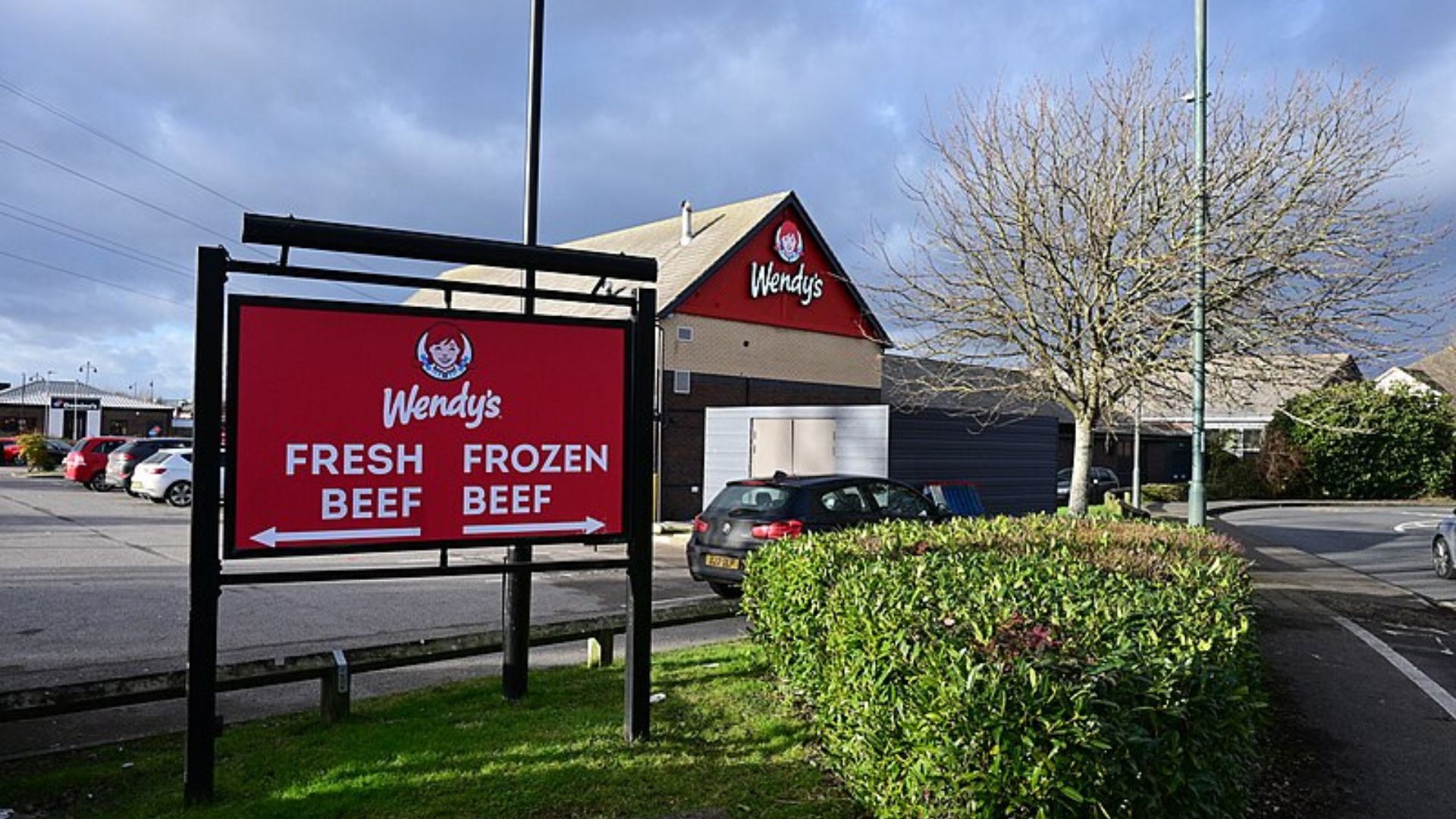
A few months ago, Wendy’s was embroiled in a price surge snafu. The restaurant introduced a new “surge” pricing method: The cost of a burger fluctuated during the day and “surged” at popular dining times. It was unclear how much a single burger could cost during these times.
The high-tech digital menus employed were meant to drive customer demand. Instead, the company was called out for artificially inflating the price of certain items by charging more when they were popular.
Burger Spots Doubling the Price on Popular Menu Items
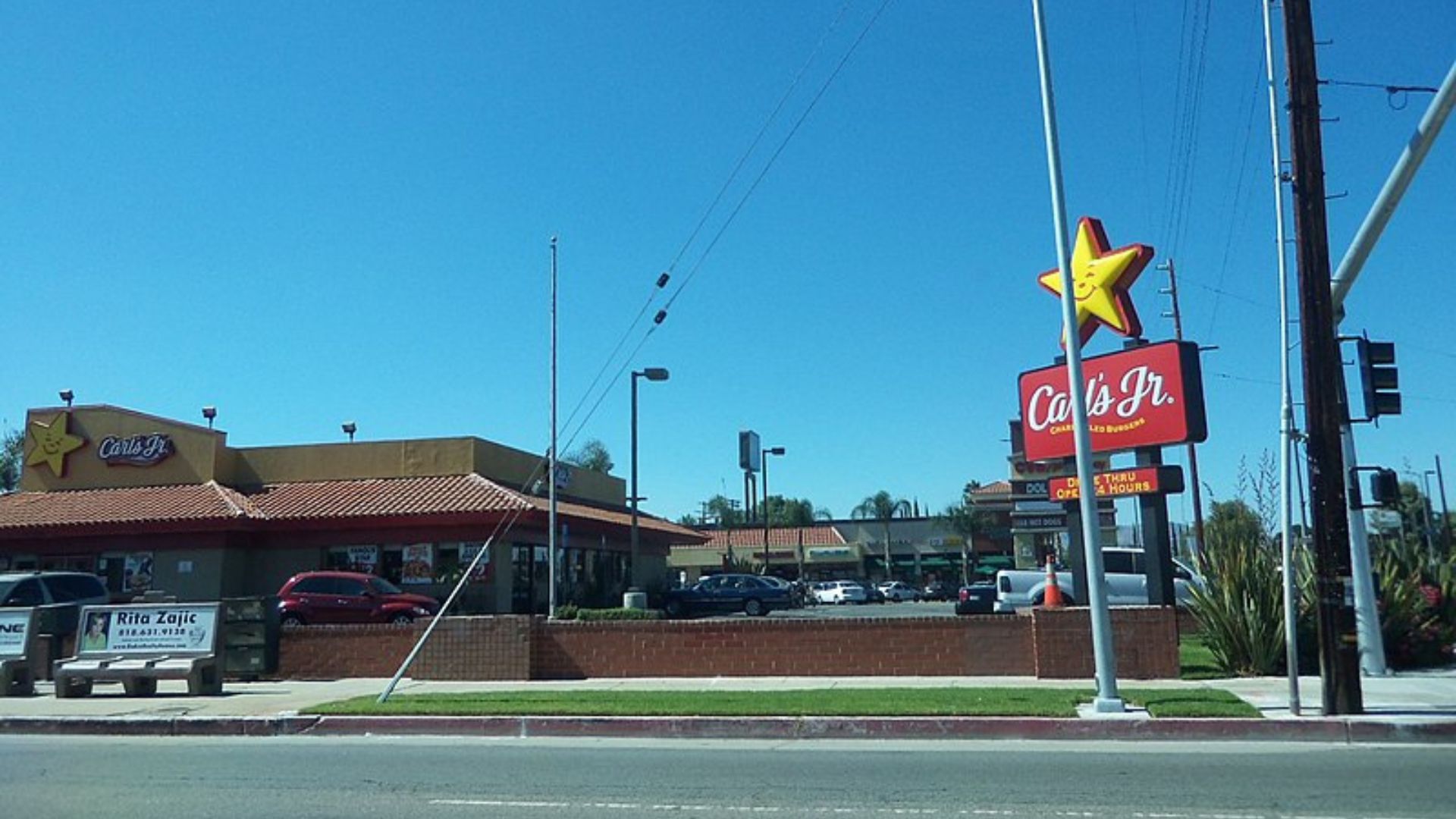
During the time that Wendy’s had to walk back their surge pricing fiasco, customers began to notice a worrying trend in fast food prices. In just a decade, a single burger at Wendy’s had doubled in price.
The same story goes for Carls Jr. Hardees. The Famous Star Combo has increased by 134% over the past twenty years.
Investigation Into Price Variations
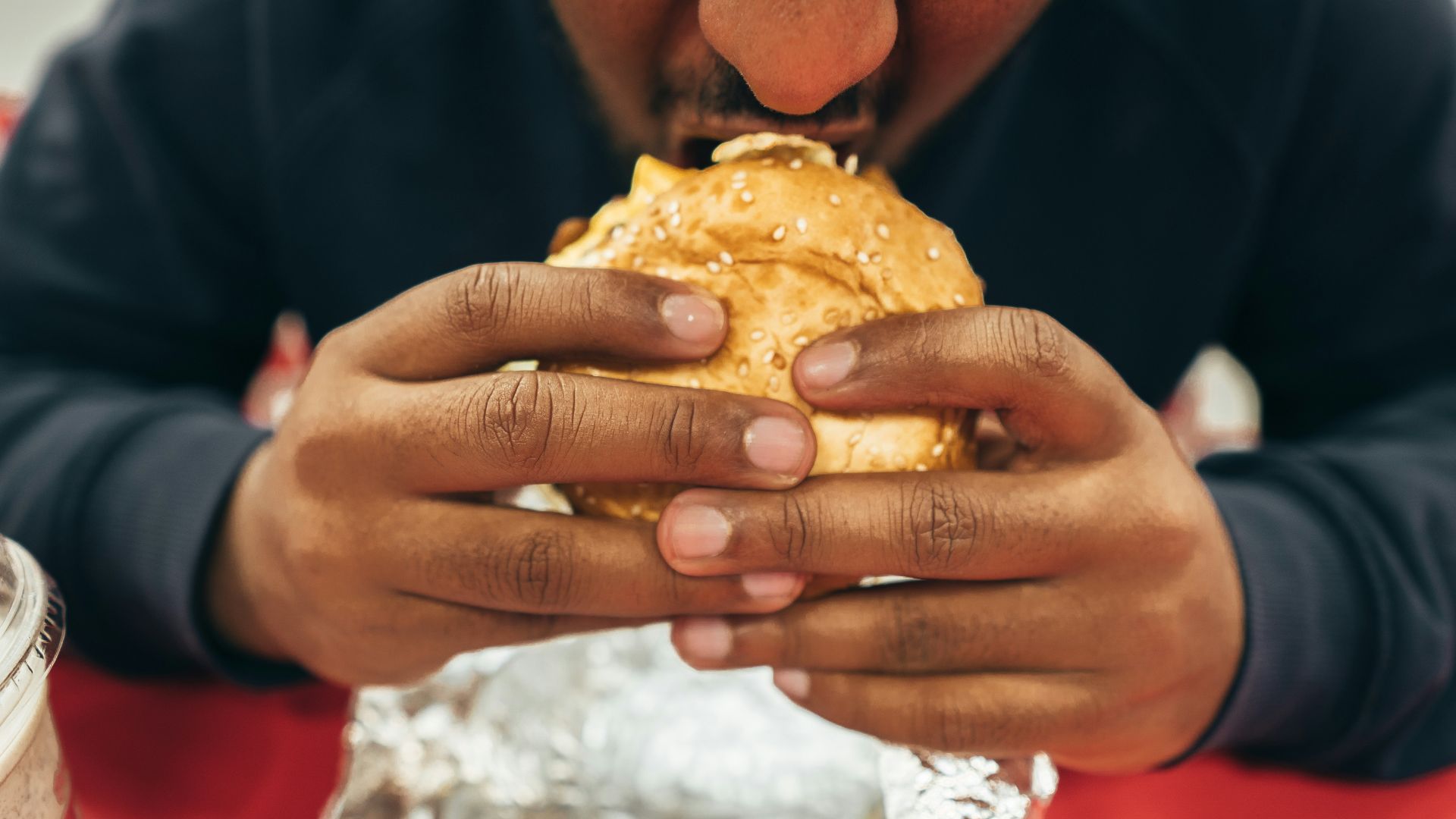
Recently, a team from USA TODAY surveyed fast food prices across the country. The team purchased the same items from various locations of Mcdonald’s, Burger King, Wendy’s, Carls Jr./Hardees and Five Guys in 18 different markets.
To ensure that the items were of similar value, they purchased the same item across the board: a signature combi with cheese in a medium size and measured them against each other pre-tax.
Price Fluctuations Across the Country
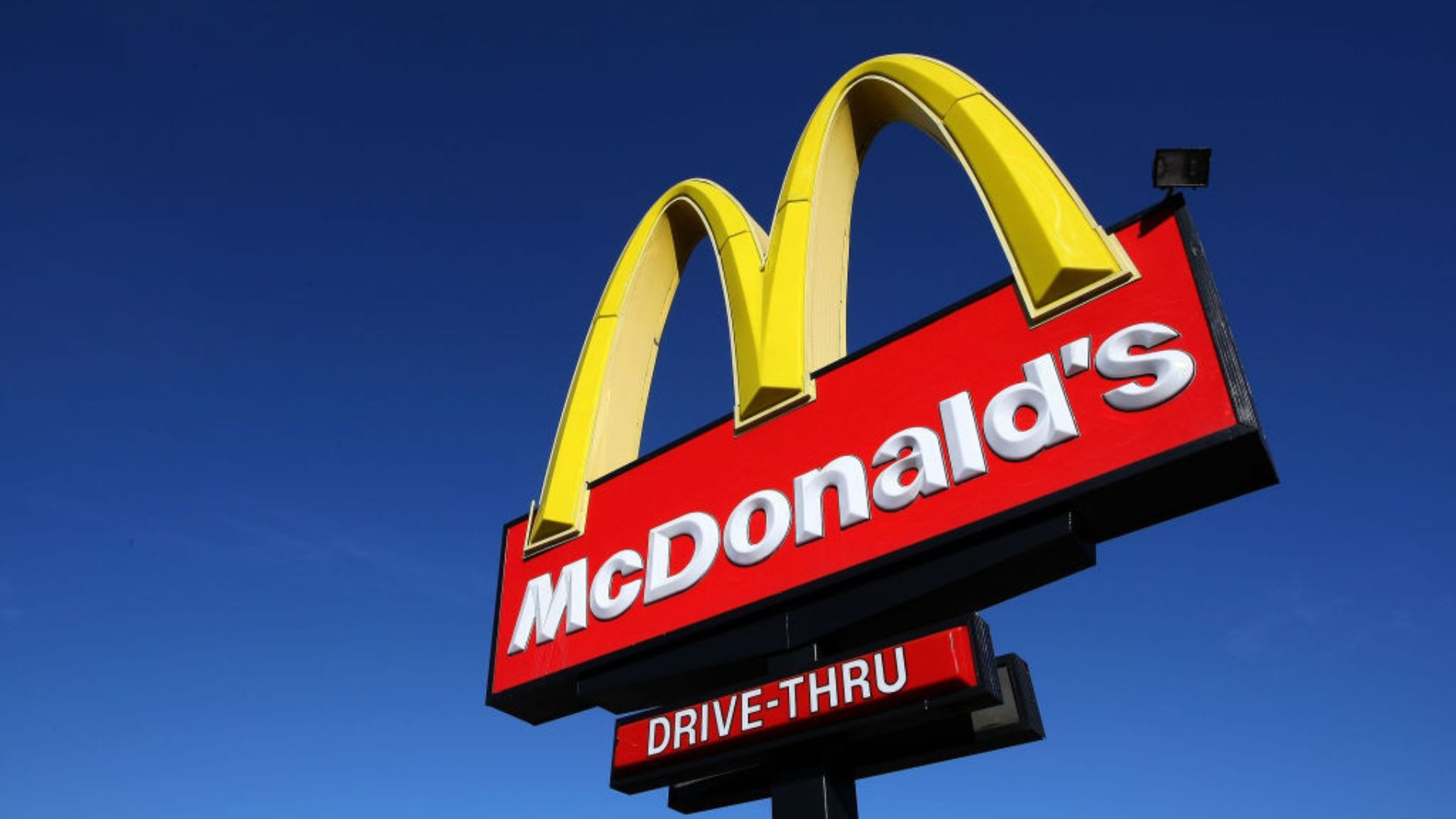
The team discovered several interesting findings. For starters, the most affordable Big Mac combi was in Houston, Texas. A medium-sized meal cost $7.89.
The most expensive McDonald’s Big Mac they could locate was in Seattle. The same meal cost roughly $15.
More Affordable Options

In their quest to find the biggest price differentiation, they discovered the cheapest meal in America: a $9.25 Dave’s cheeseburger meal from Wendy’s.
On the flip side, the reporters also discovered the most expensive menu item at more than $20 was a cheeseburger, regular fries, and a drink from Five Guys in Chicago.
Average Cost for a Fast Food Meal
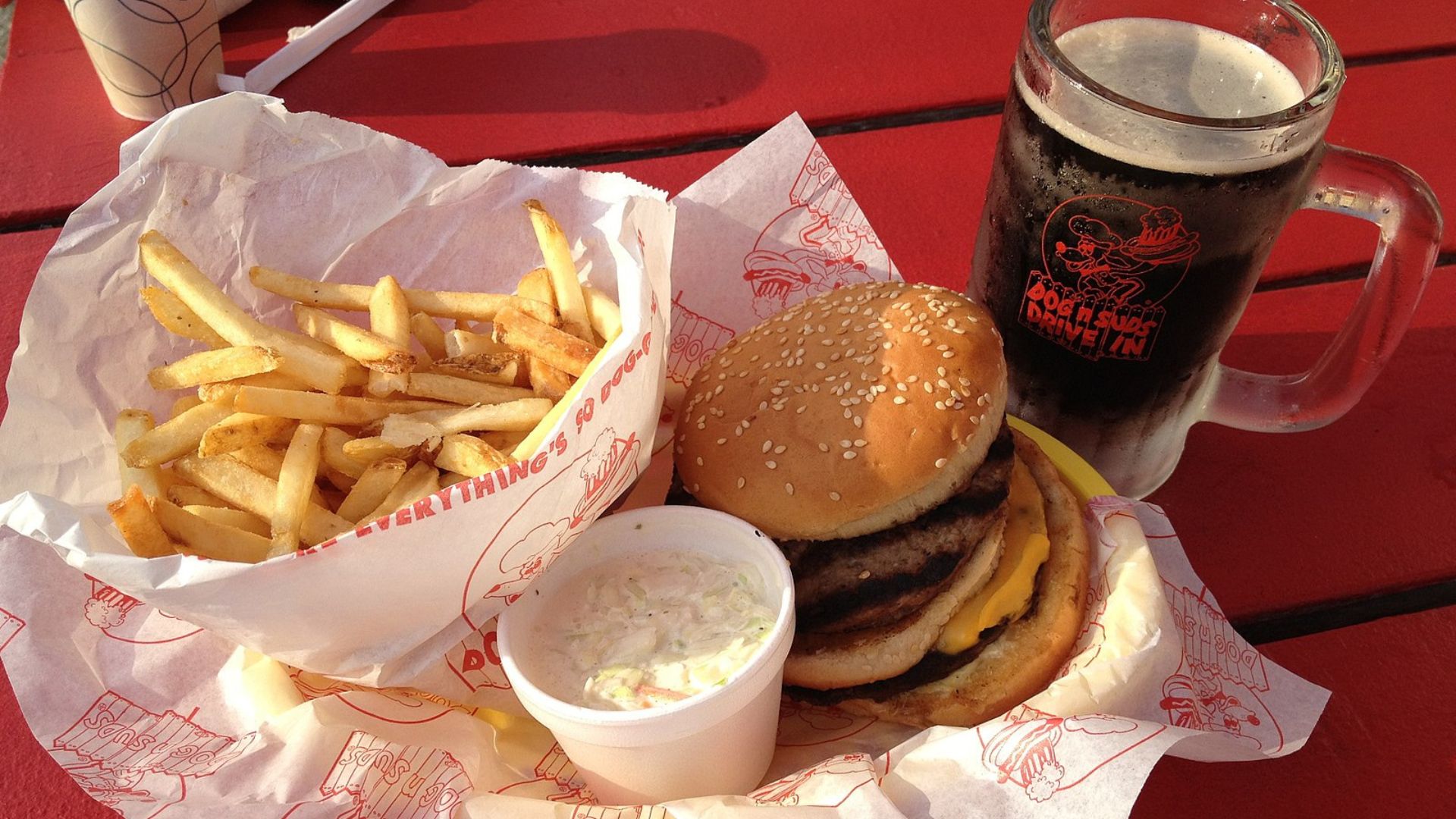
Just a decade ago, the average price for a fast food meal was well below $6. Now, the same menu items sit around $12-$15 for the exact same items.
Although many restaurants have blamed inflation for these price increases, the stark increase in shareholder profits and CEO bonuses tell a different tale.
McDonald’s Increasing Revenue Each Year

Although the fast food super giant doesn’t increase the number of locations or attract new customers each year, its value has increased dramatically over the past decade.
In 2009, the yearly earnings were around $9 billion. This year, the revenue has tipped just shy of $15 billion. While the average minimum wage still sits at $7.25 an hour, the CEO, Chris Kempczinski, took home $19.2 million in salary, bonuses, and stock, an 8% increase since 2022.
Fast Food CEOs Salaries Have Quadrupled

The average hourly pay for a fast food worker across America is about $9. This number includes the $20 minimum wage for large chain employees in California and more expensive states like New York, where the minimum wage is also high.
Despite stagnant wages in many places, CEO salaries have quadrupled since 2000. The average CEO makes roughly 1,000 times more than the average employee.








































